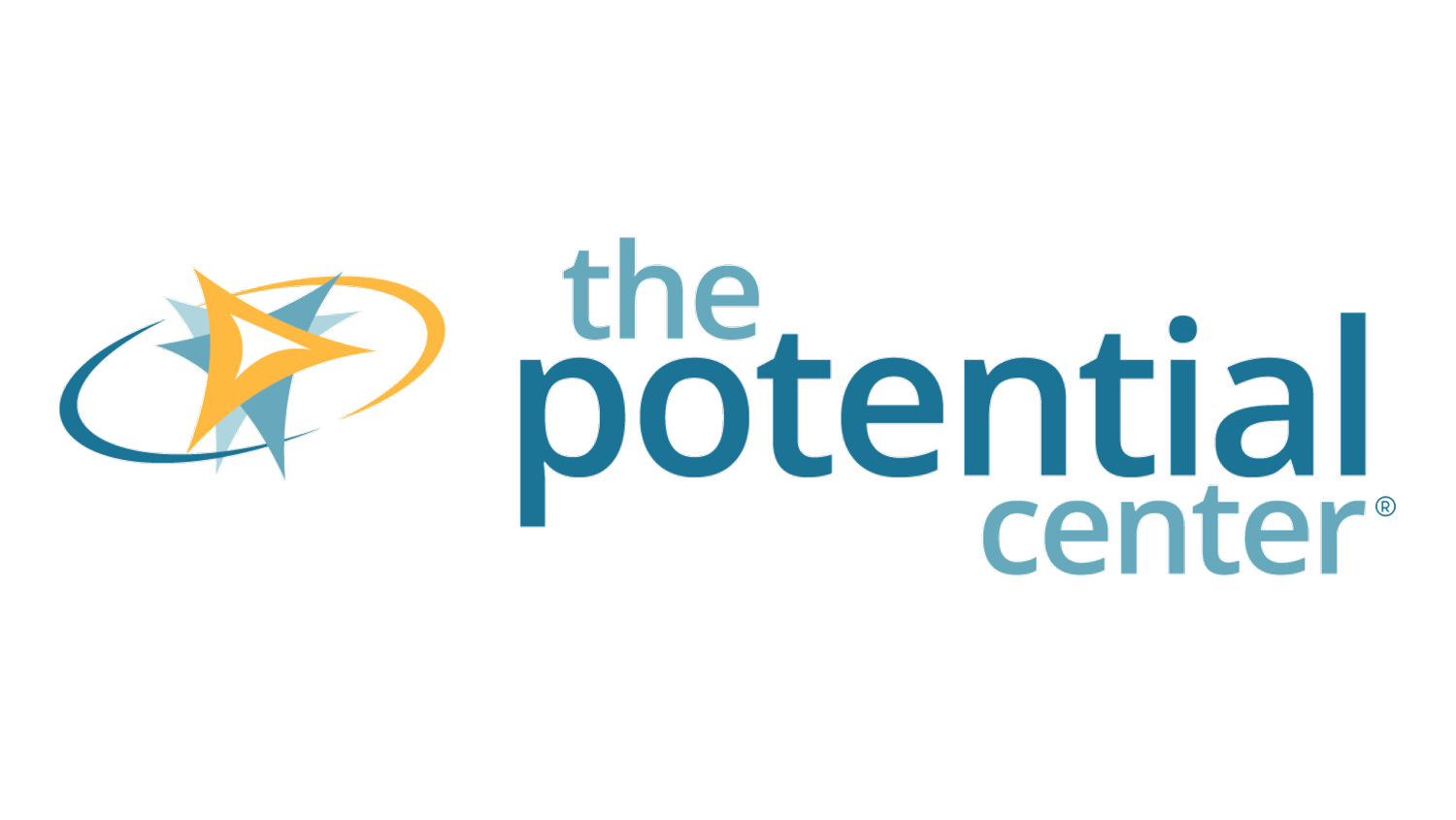Creative Thinking is Change
Yan Krukov for pexels
This post is an excerpt from the forthcoming course Light Bulb Moments™, designed to equip managers in facilitating their team’s problem-solving with more creativity, become a more effective leader, and build a culture of kickass innovation. Contact me if you’d like to go on the waitlist for the Beta version, which will be available this summer.
Would you consider for a moment that learning to solve problems more creatively and collaboratively with a group of people is a form of change?
If your team resists learning new, creative ways to solve problems, this may be why. It requires a change in the way we think, and your brain is wired to resist change.
Your brain on change
This is because our brain likes certainty – it comes from our basic instinct to survive. To help our brain perform faster, we create shortcuts. These shortcuts enable us to process familiar situations quickly, which leads to feeling certain. Smart people don’t intentionally resist change, but these shortcuts cause us to become so familiar with how we do something that we become resistant to change.
Secondly, because change disrupts certainty, it can be experienced by our primitive brain as a threat – the demands posed by the change are too taxing and beyond our limits or ability to cope. Thoughts like “I can’t do that” go through our minds, causing us to feel stuck. Can you recall a time when you had this thought? Maybe it was learning to ride a bike, writing a proposal or report for the first time, or working with a new group of people.
When structural change happens, it’s not unusual for people to feel nervous and uncertain. By structural change, I mean a new position is added to your unit; a reorganization pitches people into new teams; even a team deciding to adopt a creative approach to solving problems is structural change.
If you’re worried about how change could affect your team’s morale, book a free consult to learn more about how our coaching could help.
Diversity in thinking styles
If you’re a manager, this means recognizing that your people respond and communicate differently in different situations. The way we think about and respond to things is a form of diversity. E.g., Are you an introvert or an extrovert? Are you quick to reply or do you consider your answer before speaking? Do you prefer to get your information through what you see – like charts; do you prefer to hear someone telling you the info; or do you take it in and then decide how you feel about it?
Working collaboratively to creatively address issues arising from change is a powerful way to bring people together and reduce isolation. When you help your team choose to experience change as a challenge or an opportunity to learn or do something new – like collaboratively using creative problem-solving methods or reinventing how you work as a team – they are more likely to feel less bad about the change they’re experiencing.
Here’s an example of how you can use creative problem-solving as a way to positively meet the challenges that come with change:
Case study
When I was working at a large international nonprofit, a reorganization was announced. My manager was dissatisfied with the change and left. I was promoted to interim manager of a team of ten, never having been a manager before. Regardless of the internal changes that were on the way, we still had targets to meet. My way of supporting the team was to lay down the challenge of coming up with a new fundraising event. We determined the target audience and I led a couple of brainstorming sessions. The result was an innovative team-building event for corporate supporters that was also educational – it highlighted the physical and mental challenges that poor people in developing countries deal with every day. The event was a huge success – it generated a significant amount of revenue as well as PR – and had an ongoing positive effect on the team.
Remember earlier I asked whether you would consider learning to solve problems in a different way, as being a type of change? This is worth discussing because solving problems more creatively and collaboratively is a form of change.
Something to keep an eye out for is that where this diversity in thinking styles improves the quality of brainstorming, it also can make getting along with teammates who have a broad range of thinking and communication styles more frustrating.
Tomas Chamorro-Premuzic, professor of business psychology at University College London, explains this: “While diverse team composition does seem to confer an advantage when it comes to generating a wider range of original and useful ideas, studies suggest that these benefits disappear once the team is tasked with deciding which ideas to select and implement, because diversity can hinder consensus.”
The effect of diversity on consensus
Because of this effect of diversity on consensus, as a manager you need to be prepared to actively facilitate conflicts that may arise when you’re choosing the winning idea from the brainstorming session. You may need to remind people that the brain needs to be trained to think and assess in a different way in order to generate a different type of solution; that you’re all learning together, and patience and empathy go a long way towards developing and maintaining trust and support within the team.
So about that question… “Would you consider that learning to solve problems more creatively and collaboratively is a form of change?” How would you answer that question now?
Are you able to identify differences in how your people think and communicate? How do you think these differences will play out in team problem-solving? What can you do to prepare ahead of time in case you need to facilitate differences of opinion that become heated?
See also: https://bit.ly/3NRFDRR
This post is an extract from the forthcoming course Light Bulb Moments™, a podcast-style program to equip managers in facilitating their team’s problem-solving, become more effective leaders, and build a culture of kickass innovation. Contact me if you’d like to go on the waitlist for the Beta version, which will be available this summer.

